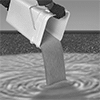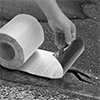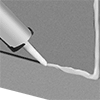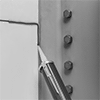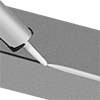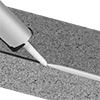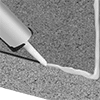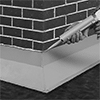Filter by
For Use On
For Joining
Color
Manufacturer Model Name
Maximum Temperature
Reaches Full Strength
Consistency
Begins to Harden
Adhesive Type
Container Size
Environment
Elongation
Clarity
DFARS Specialty Metals
Export Control Classification Number (ECCN)
Material
About Sealant Flexibility
More






























